Mollusks: The Incredible Invertebrates
Mollusks are a diverse group of invertebrate animals that belong to the phylum Mollusca. They are found in marine, freshwater, and terrestrial environments, and exhibit a wide range of body forms and lifestyles. Mollusks are an incredibly diverse and fascinating group of animals, with over 85,000 species identified so far.
Characteristics of Mollusks
Mollusks share several key characteristics that define their phylum:
- Soft body: Mollusks have soft, unsegmented bodies that are often enclosed in a hard shell.
- Mantle: They possess a mantle, which is a fold of tissue that drapes over the internal organs and secretes the shell in shelled species.
- Radula: Many mollusks have a radula, a rasping, tonguelike organ used for feeding.
- Foot: Mollusks typically have a muscular foot that is used for locomotion.
Major Classes of Mollusks
There are several major classes within the phylum Mollusca, each with its own unique characteristics and representatives:
- Gastropods: These include snails and slugs, and are the largest and most diverse class of mollusks. They are known for their coiled shells and distinctive feeding adaptations.
- Bivalves: This class includes clams, oysters, and mussels, and is characterized by two hinged shells that can open and close. They are filter feeders, using gills to capture food particles from the water.
- Cephalopods: Examples include squid, octopuses, and cuttlefish. They are the most advanced class of mollusks, with well-developed sensory organs and complex behaviors.
- Chitons: These are flattened, oval-shaped mollusks with eight overlapping shell plates. They are typically found in intertidal zones and graze on algae.
- Monoplacophorans: These are deep-sea mollusks with a single, cap-shaped shell. They were once thought to be extinct but were rediscovered in the 1950s.
- Scaphopods: Also known as tusk shells, these mollusks have a tubular, tusk-shaped shell and are found buried in the ocean floor.
Ecological and Economic Importance
Mollusks play important ecological roles as filter feeders, herbivores, and predators in various ecosystems. They also serve as a food source for many animals, including humans. Bivalves, such as clams and oysters, are commercially harvested for their meat, while the shells of mollusks have been used by humans for various purposes, including jewelry and decoration.
Study Guide
For a deeper understanding of mollusks, consider the following study guide:
- Research and create a presentation on the adaptations of a specific class of mollusks, such as cephalopods or gastropods.
- Visit a local aquarium or natural history museum to observe live mollusks and their diverse habitats.
- Conduct a comparative study of the ecological roles of different mollusk species in their respective environments.
- Explore the economic importance of mollusks, including their role in aquaculture and the global seafood industry.
- Design and conduct an experiment to investigate the feeding behavior of a specific mollusk species, such as the feeding mechanisms of bivalves.
By exploring the world of mollusks through research, observation, and experimentation, you can gain a deeper appreciation for the incredible diversity and importance of these fascinating invertebrates.
[Mollusks] Related Worksheets and Study Guides:
.◂Science Worksheets and Study Guides Fifth Grade. The 6-Kingdoms of life
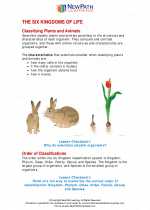
 Activity Lesson
Activity Lesson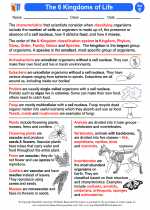
 Worksheet/Answer key
Worksheet/Answer key
 Worksheet/Answer key
Worksheet/Answer key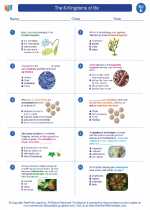
 Worksheet/Answer key
Worksheet/Answer key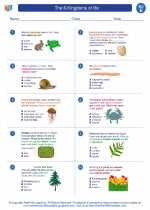
 Worksheet/Answer key
Worksheet/Answer key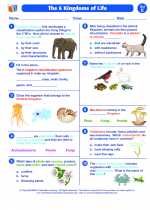
 Vocabulary/Answer key
Vocabulary/Answer key
 Vocabulary/Answer key
Vocabulary/Answer key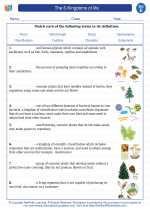
 Vocabulary/Answer key
Vocabulary/Answer key
 Vocabulary/Answer key
Vocabulary/Answer key
